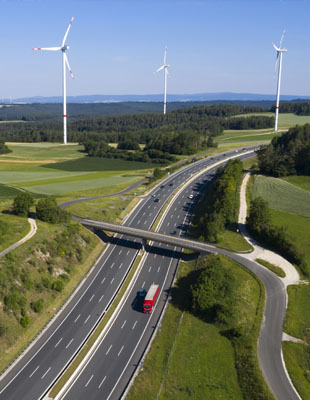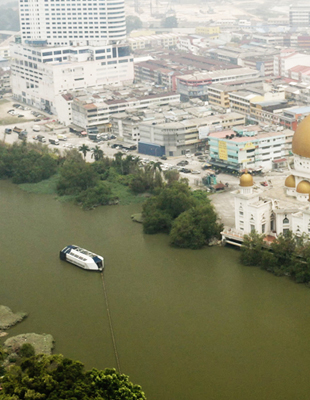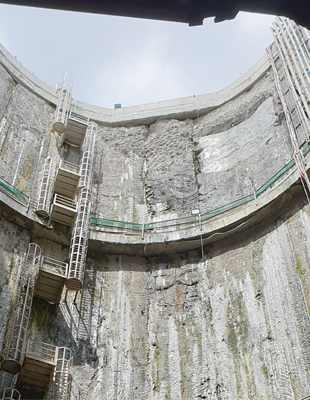Table of Contents
The challenge
With large populations and limited space, high-tech solutions are needed for waste reduction and landfill diversion.
90%
Whether we like it or not, we all generate waste as we go about our daily lives. Most of us don't think about the garbage we produce after we place it in a trash can. Cities, however, spend lots of time and money on waste management. In cities like Hong Kong, with large populations and limited space, high-tech solutions are needed for waste reduction and landfill diversion.
The solution
Arcadis design includes for prefabricated seawalls, breakwaters, reclamation and the associated ground treatment for a 16 Ha offshore site.
100,000
As Hong Kong’s landfills filled up over recent years, it became clear to the city's Environmental Protection Department that a new solution was needed. The city decided to invest in a new integrated waste management facility, with advanced incineration and recycling capabilities. Arcadis stepped up to the challenge to design and fast-track a new state-of-the-art facility. We delivered detailed design services of several components of the new waste management facility, including reclamation, civil and marine structures, geotechnical and building services. Our design includes prefabricated seawalls and reclamation for a 16-hectare offshore site. We are also employing techniques that will minimize the environmental effects on marine life, around the site.
100,000
US $4 Billion

The impact
To minimize the landfilling of waste significantly, thereby extending the useable life of landfills and their extensions in Hong Kong.
US $4 Billion
This waste management site will improve living conditions for people in Hong Kong by creating a more sustainable option for the city to process its solid waste. Once completed, the integrated waste management facility will reduce the volume of solid waste entering landfills by 90%, through incineration. In the process, around 480 million kilowatt-hours (kWh) of surplus electricity will be produced each year. That’s enough energy to run 100,000 households. Additionally, the site will have a net-zero wastewater approach to operations, through the use of on-site treatment and reuse strategies. Phase one of the new plant will deliver daily incineration of 3000 tons of waste while recycling 200 tons.
Not done reading?
This also might be interesting for you
- Related Projects
- Related Insights
- Related Blogs












